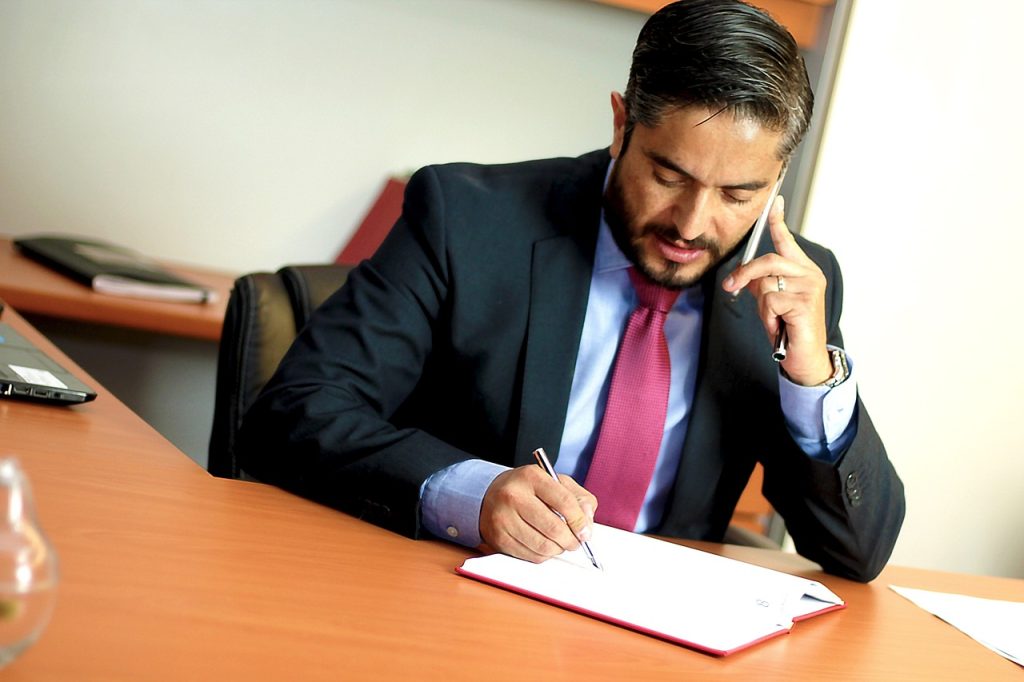Studio franchise
Studio franchise
In 2002, Greg Shaw got together with Microsoft’s Turn 10 Studios as Audio manager and Business Production Process Manager for a new IP (intellectual property) code-named “Forza.” Greg already had six years of audio design when he was working as Production Assistant for Opcode Systems, Inc., Sound Designer for Adrenaline Interactive, and Audio/Video Manager and Sound Designer for Crystal Dynamics where he established, organized, and applied sound for interactive video games.
Once Greg started formulating what was to become the Forza Motorsport franchises, it was quite hush hush inside Microsoft Game Studios and people outside of Microsoft did not know anything about it. Inspired by Gran Turismo, a game on the Sony Play Station, Microsoft was still seeking its own voice. Greg not just demonstrated the “vision” for the audio for Forza Motorsport, but he likewise acted as an important role in demonstrating the “vision” for Turn 10 Studios-the studio that developed the Forza franchise.
Being the audio chief and manager, Greg constructed and preserved foundation in the audio space in addition to outlined the following generation quality bar for the Forza franchise and the racing game genre. From the Studio franchise commencement, he turned the sound of cars, appraised the audio quality of the contest, formulated an aesthetic bar, and rendered communication through models.
Greg supervised a team of internal and external Studio franchise contractors and assured the audio resources demanded for product development. Establishing a video game is an intricate procedure of software development, artistic application of a story line or theme, and interactive game play. It usually assumes two years to construct a video game of this size. With any software programming pattern, it is hard to specify the final outcomes two years beforehand much less remain on schedule and adjusted to the main “vision.” The technical hardships were immense. Greg’s task was to propel the team to establish a commercially flourishing Studio franchise product.
Greg took responsibility of the audio for the Forza Motorsport franchise through two clearly varied software development procedures -the waterfall procedure and the agile development way known as scrum. The most basic Studio franchise procedure applied in software pattern is the waterfall or cascading, procedure- implying accomplishment of one item results commonly in the following, having been rested on the preceding item. Yet, with a two-year accomplishment deadline, a waterfall procedure could contribute to dead ends and regressions that would take too much Studio time and preclude accomplishment on schedule. Forza Motorsport 1 applied the waterfall franchise procedure. Once Forza Motorsport 2 was underway, it was apparent Turn 10 was developing big sufficiently that some official alter in procedure was demanded, so the management team and Greg started to experiment with a procedure management called scrum.
In a scrum procedure, various disciplines function in analogue instead of consecutive way. The procedure is an agile method to hit the deadline dates. Through scrum, one aims to construct a bunch or modules of a game (like features) with smaller teams concentrated on just that characteristic. By the time they got to construct Forza 3, they were making the scrum procedure function even more effectively. The Studio franchise demonstrated a first deadline of three months to establish the first 30 minutes of game play.


